Install and configure Kali Linux 2021 on Hyper-V
How to create a Hyper-V Virtual Machine using PowerShell and install Kali Linux 2021 using text mode. Configure Kali with a static IP address, install updates and configure two-factor authentication (2FA) for SSH
Table of Contents
2. Create Hyper-V Virtual Machine using PowerShell New-VM
3. Hyper-V Kali Virtual Machine settings
4. Start Virtual Machine and connect to the console
5. Install Kali Linux using text mode
6. Configure networking
7. Install updates
8. Install SSH server
9. Configure two-factor authentication (2FA) for SSH
1. Download Kali Linux
Download the Kali Linux 64-bit installation ISO file
https://www.kali.org/get-kali
Bare Metal
64-bit - Installer
Complete offline installation
The Kali Linux complete offline installation ISO will download
kali-linux-2021.4-installer-amd64.iso
2. Create Hyper-V Virtual Machine using PowerShell New-VM
In this example, our Kali Virtual Machine has 4GB memory, 4 virtual processors, and a 60GB dynamic virtual hard disk.
We will be installing Kali Linux 2021.4 on Windows Server 2019 Hyper-V
# define variable for VM name
$VMName="kali-linux"
# create VM
New-VM -Name $VMName `
-BootDevice CD `
-Generation 2 `
-MemoryStartupBytes 4GB `
-SwitchName "Virtual Switch" `
# set VM memory options
Set-VMMemory $VMName `
-DynamicMemoryEnabled $true `
-MinimumBytes 512MB -StartupBytes 4096MB -MaximumBytes 4096MB `
-Priority 50 `
-Buffer 20 `
# set VM processors
Set-VMProcessor $VMName `
-Count 4
# set DVD drive to ISO installation file
Set-VMDvdDrive -VMName $VMName -Path "D:\ISO\kali-linux-2021.4-installer-amd64.iso"
# create virtual hard disk
New-VHD -Path "D:\Virtual Hard Disks\$VMName.vhdx" -SizeBytes 60GB -Dynamic
# attach virtual hard disk to vm
Add-VMHardDiskDrive -VMName $VMName -Path "D:\Virtual Hard Disks\$VMName.vhdx"
# turn off secure boot
Set-VMFirmware $VMName `
-EnableSecureBoot Off
# automatic start and stop settings
Get-VM –VMname $VMName | Set-VM –AutomaticStartAction Nothing
Get-VM –VMname $VMName | Set-VM –AutomaticStopAction Shutdown
# get vm name and generation get-vm kali-linux | format-list Name,Generation
Hyper-V New-VM
https://docs.microsoft.com/en-us/powershell/module/hyper-v/new-vmHyper-V Set-VM
by Author
https://docs.microsoft.com/en-us/powershell/module/hyper-v/set-vm
3. Hyper-V Kali Virtual Machine settings
The PowerShell commands we just ran have created a VM with these settings
Boot from DVD drive using kali-linux-2021.4-installer-amd64.iso
Secure Boot disabled
4GB Dynamic memory
Minimum RAM 512 MB
Maximum RAM 4096 MB
4 Virtual Processors
DVD Drive - Kali Linux installation ISO
60GB dynamically expanding virtual hard disk
Virtual Switch
VM name
Automatic Start Action: Nothing
Automatic Stop Action: Shutdown
Start Virtual Machine and connect to the console
Start the Virtual Machine using PowerShell Start-VM
# start virtual machine Start-VM -Name kali-linux # get virtual machine status Get-VM kali-linux
4. Connect to the Virtual machine console
Select VM - connect
The Kali installer will launch
5. Install Kali Linux using text mode
The next steps go through installing Kali Linux in text mode. This creates a Kali VM with
no desktop or graphical user interface (GUI) installed.

Debian Linux Server Setup Checklist - TechLabs
Select Install to start the Kali installer in text mode (without a GUI)
Select a language: English
Select your location: United Kingdom
Configure the keyboard: British English
Hostname: kali-linux
Domain name: leave blank
Full name for the new user: Kali Admin
Username for your account: kladmin
Set a password for the new user
Re-enter the password
Partitioning method: Guided - use entire disk
Select disk to partition: Select virtual hard disk
Partitioning scheme: All files in one partition
Finish partitioning and write changes to disk
Write the changes to disks? Yes
Software selection: Unselect the desktop environments to install Kali without a GUI
Installing Kali Linux
by Author
https://www.kali.org/docs/installation/hard-disk-install
6. Configure networking
# set a static ip addresssudo nano /etc/network/interfaces
# The primary network interface allow-hotplug eth0 iface eth0 inet static address 192.168.1.38 netmask 255.255.255.0 gateway 192.168.1.1
# restart networkingsudo /etc/init.d/networking restart
# Show the current network configurationip address show
# change the state of network interface to upsudo ifup eth0
# Show the current network configurationip address show
7. Install updates
Configure updates (optional)
# edit apt sources.list
sudo nano /etc/apt/sources.list
# update package lists and install updatessudo apt-get update && apt-get upgrade
Kali Network Repositories (/etc/apt/sources.list)
by Author
https://www.kali.org/docs/general-use/kali-linux-sources-list-repositories
8. Install SSH server
Check if Open SSH server is installed
# list installed packagesapt list openssh-server
If ssh is not installed, you can install it using this command
# install open ssh serversudo apt-get install openssh-server
# enable ssh service to start at bootsudo systemctl enable ssh.service
# start ssh servicesudo systemctl start ssh.service
# check status of ssh serversudo service sshd status
9. Configure two-factor authentication (2FA) for SSH
In the next steps, we will enable SSH, install and configure Google authenticator and configure two-factor Authentication for SSH.
Install and configure Google authenticator
# install Google authenticator PAM modulesudo apt install libpam-google-authenticator -y
# configure Google authenticatorgoogle-authenticator
Do you want authentication tokens to be time-based y
- Answering yes to this question means that authentication passcodes will be generated using the current time, and the code will change randomly as time passes. The alternative to time-based tokens is sequence-based tokens which use a list of numbers that increment every time a code is used. Google authenticator uses time-based tokens, so we need to choose this option.
google-authenticator now displays a QR code that you will need to scan into the Google authenticator app on your phone.
Open the Google authenticator app on your phone
Tap add - scan a barcode and scan the QR code from Kali
Then enter the code from the authenticator mobile app in the Kali console to complete the two-factor setup
After two-factor has been set up, a list of emergency scratch codes will be displayed. These can be used to sign in if you lose your phone or can't use Google authenticator
- Answering yes to this question writes the google authenticator options to a .google_authenticator file in your home directory
Do you want to disallow multiple uses of the same authentication token? y
- Answering yes to this question restricts you to one login code every 30 seconds, and each code expires immediately after use which helps to prevent an attacker from capturing a code and trying to sign in with it
By default, a new token is generated every 30 seconds by the mobile app.
In order to compensate for possible time-skew between the client and the server,
we allow an extra token before and after the current time. This allows for a
time skew of up to 30 seconds between authentication server and client. If you
experience problems with poor time synchronization, you can increase the window
from its default size of 3 permitted codes (one previous code, the current
code, the next code) to 17 permitted codes (the 8 previous codes, the current
code, and the 8 next codes). This will permit for a time skew of up to 4 minutes
between client and server.
Do you want to do so? (y/n) n
- Answering no to this question restricts you to 3 valid codes in a 1:30 minute window. Each code is valid for 30 seconds. You should only change this option if you have problems with time synchronization. Answering no means allowing fewer valid codes within a time window, which is the more secure option.
If the computer that you are logging into isn't hardened against brute-force
login attempts, you can enable rate-limiting for the authentication module.
By default, this limits attackers to no more than 3 login attempts every 30s.
Do you want to enable rate-limiting? (y/n) y
- Answering yes to this question restricts login attempts to no more than 3 attempts every 30 seconds, which can help protect you against brute force login attempts.
Configure SSH to use Google authenticator
# edit the pam config for sshsudo nano /etc/pam.d/sshd
Add this to the end of the file
# allow password authentication and Google authenticator auth required pam_unix.so no_warn try_first_pass auth required pam_google_authenticator.so
# edit the ssh server configsudo nano /etc/ssh/sshd_config
Change these options in the file
# allow root login PermitRootLogin yes # Change to yes to enable challenge-response passwords (beware issues with # some PAM modules and threads) KbdInteractiveAuthentication yes
Add this line to the end of the file
# allow password authentication AuthenticationMethods keyboard-interactive
# restart sshsudo /etc/init.d/ssh restart
Test SSH two-factor authentication
To test the SSH two-factor settings, open another SSH session to Kali.
You will get prompted for your username, password, and two-factor verification code from Google authenticator
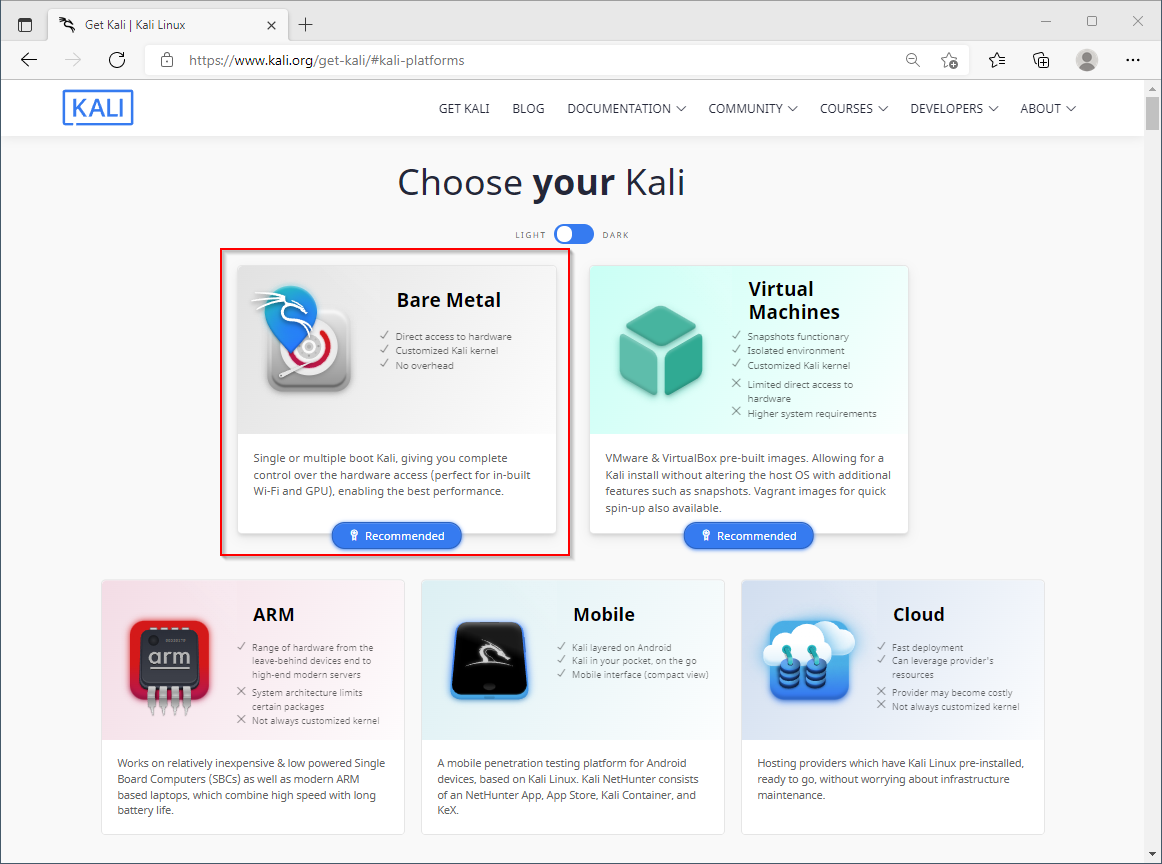

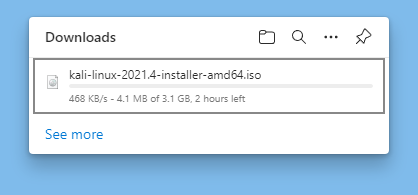
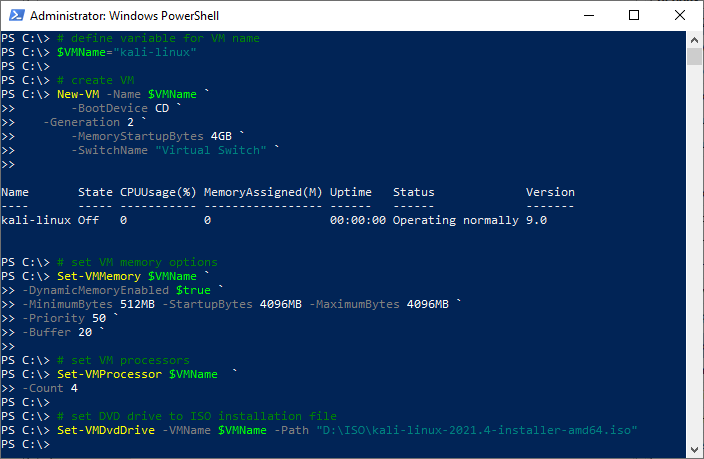



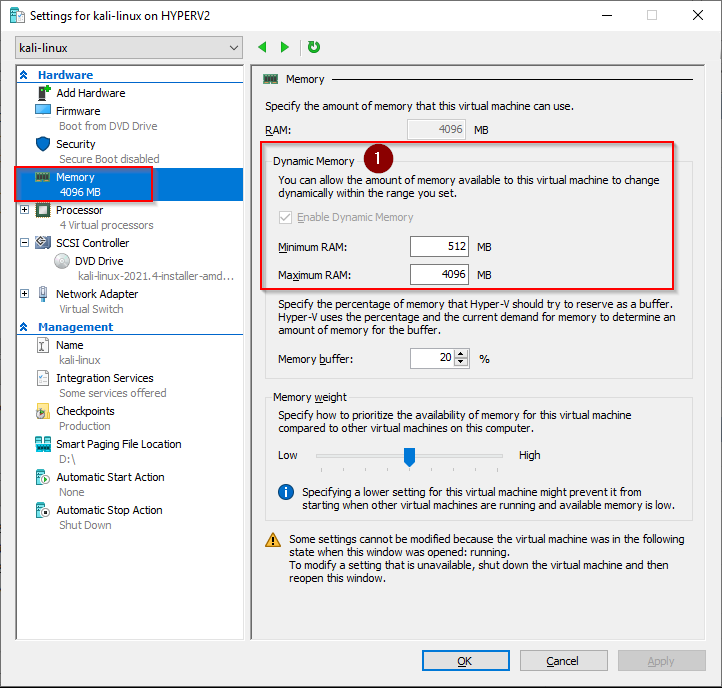
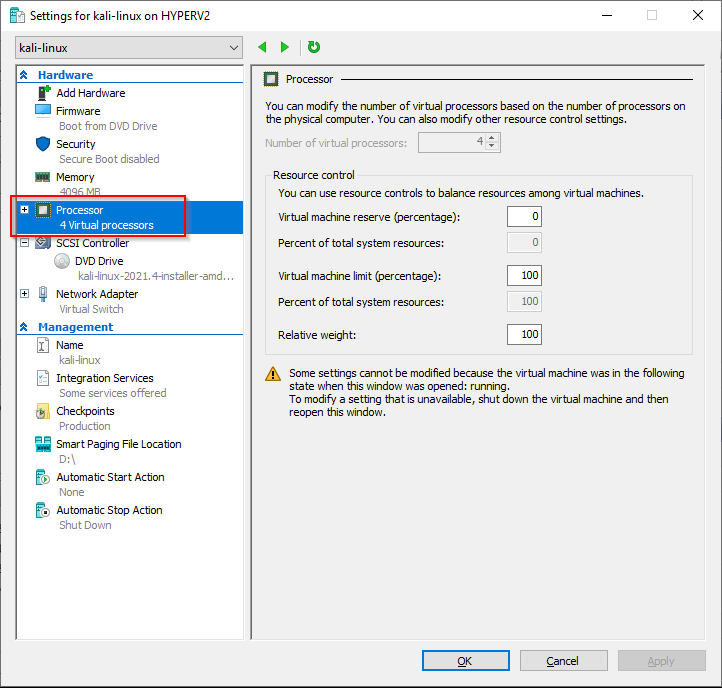
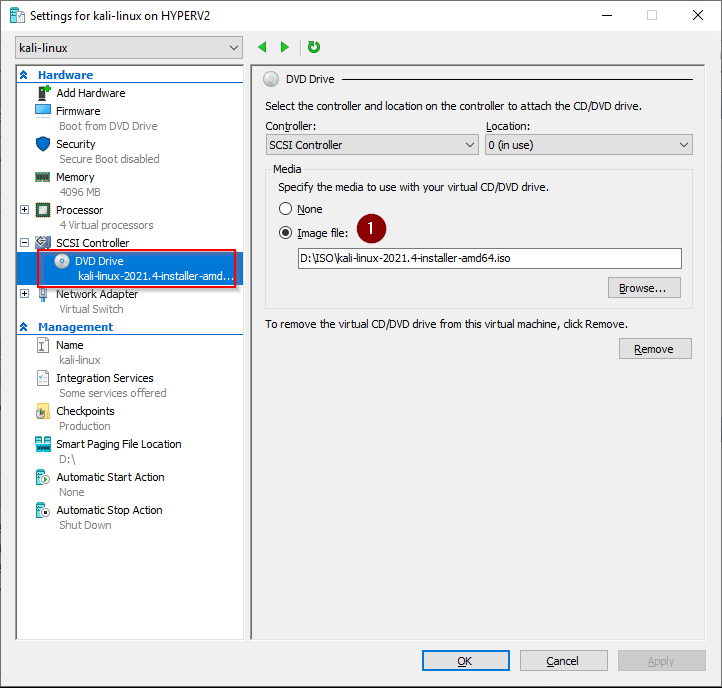
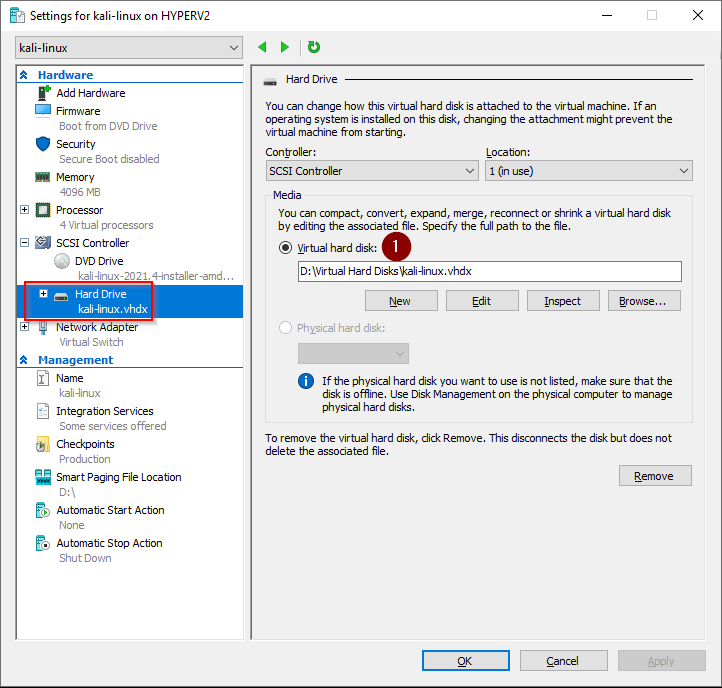
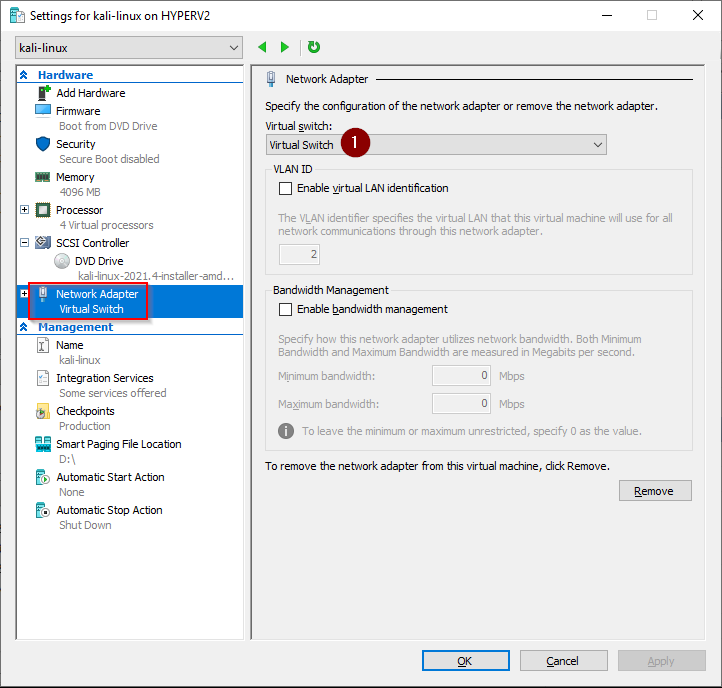
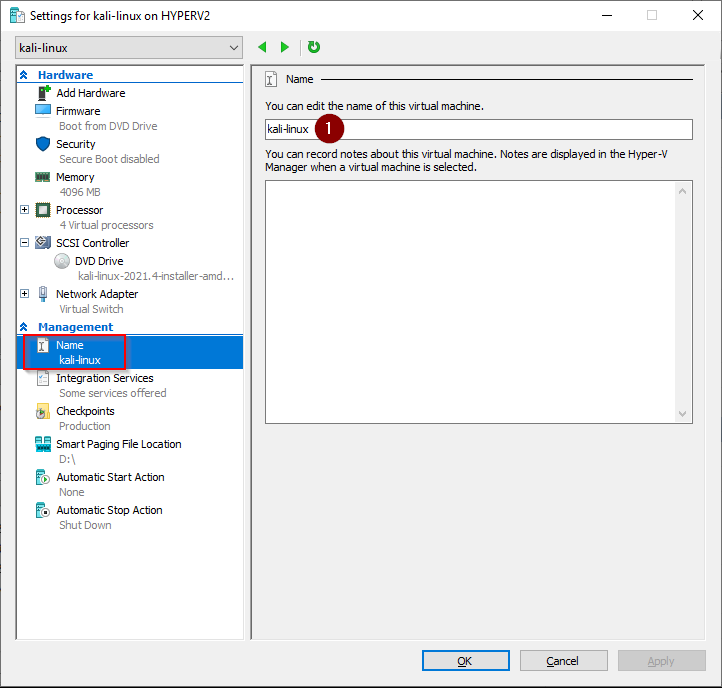
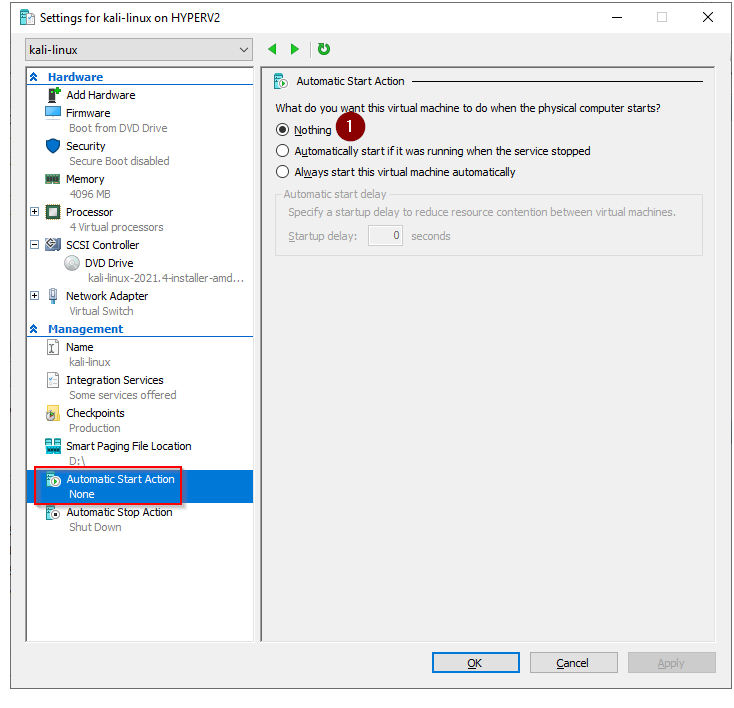
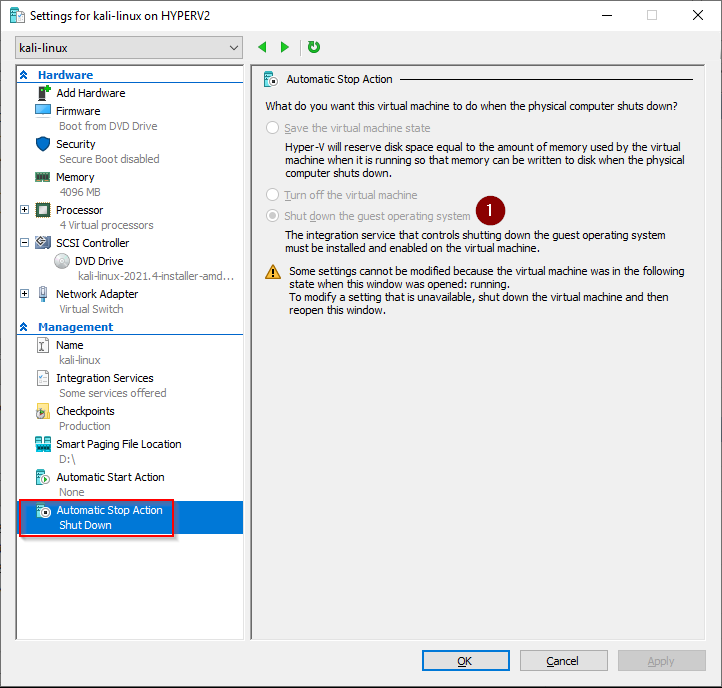



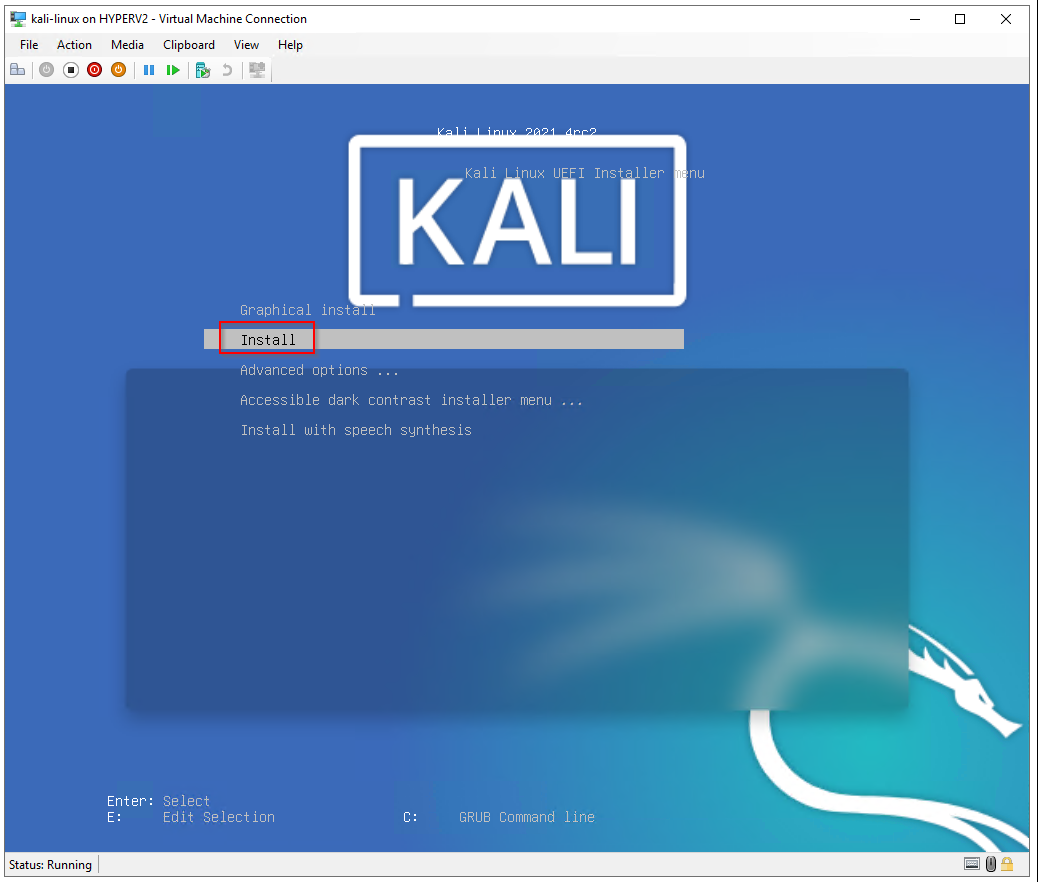
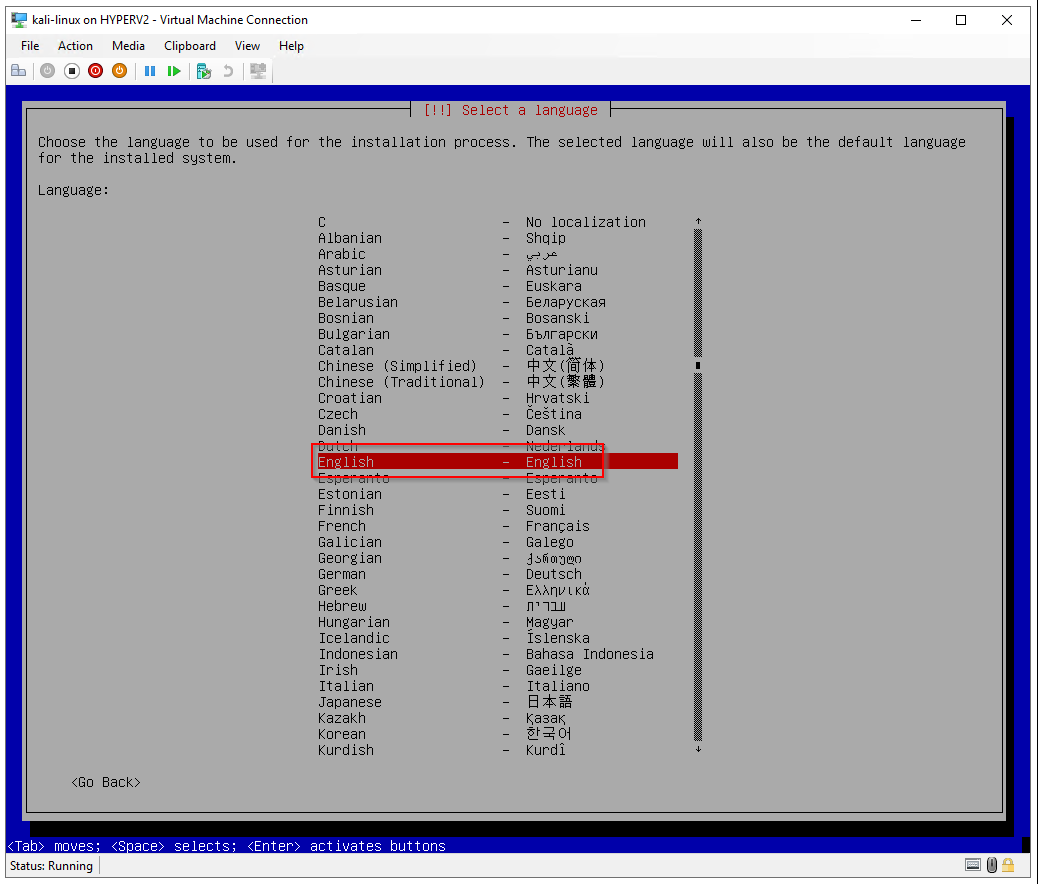
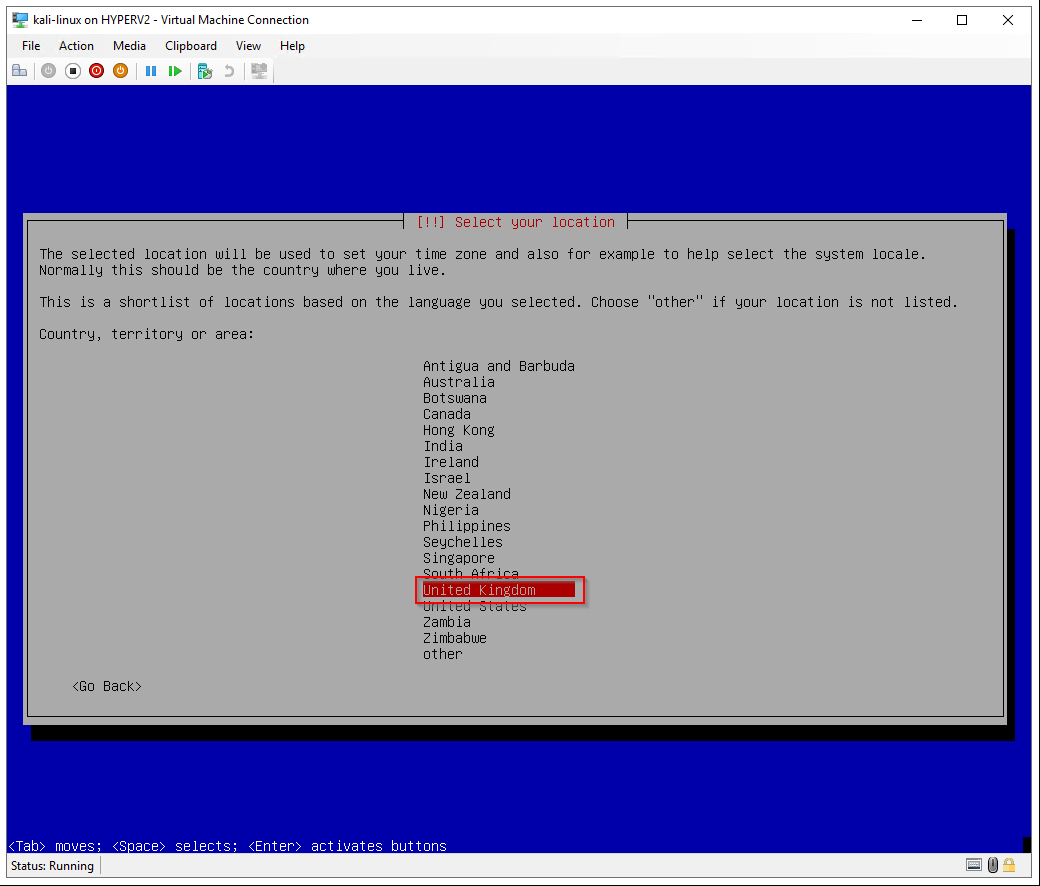
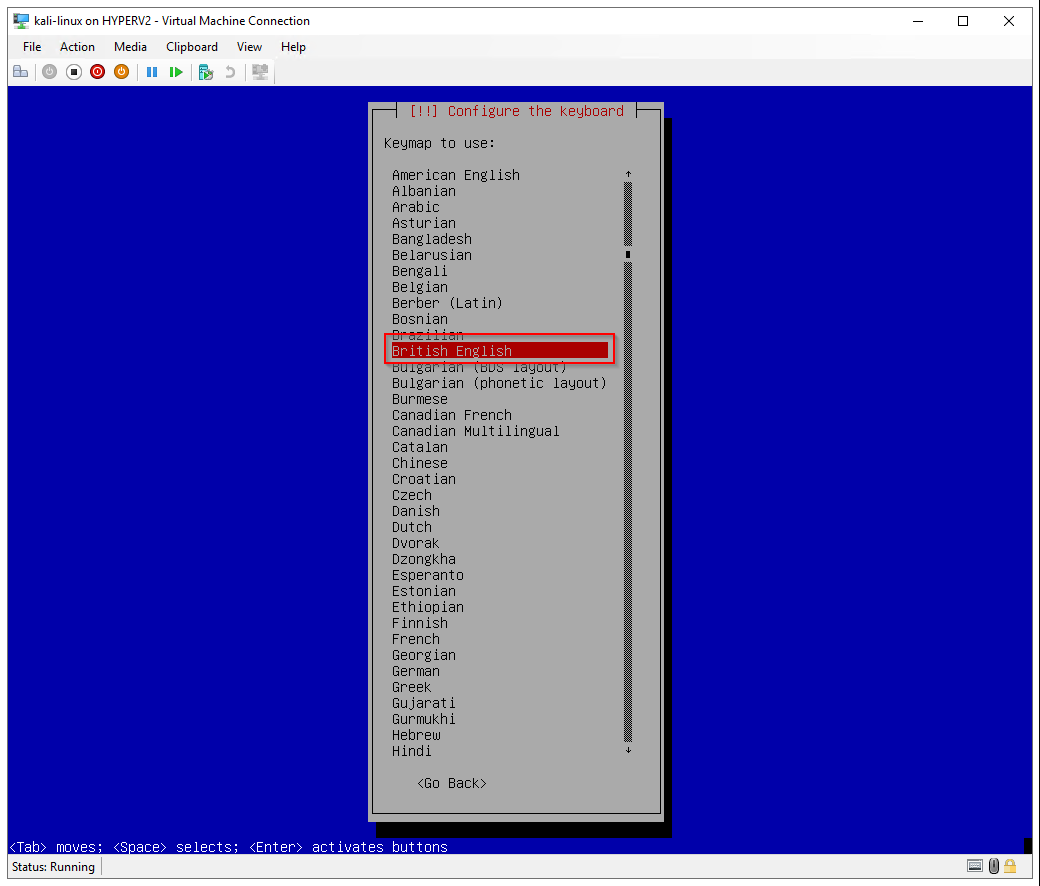
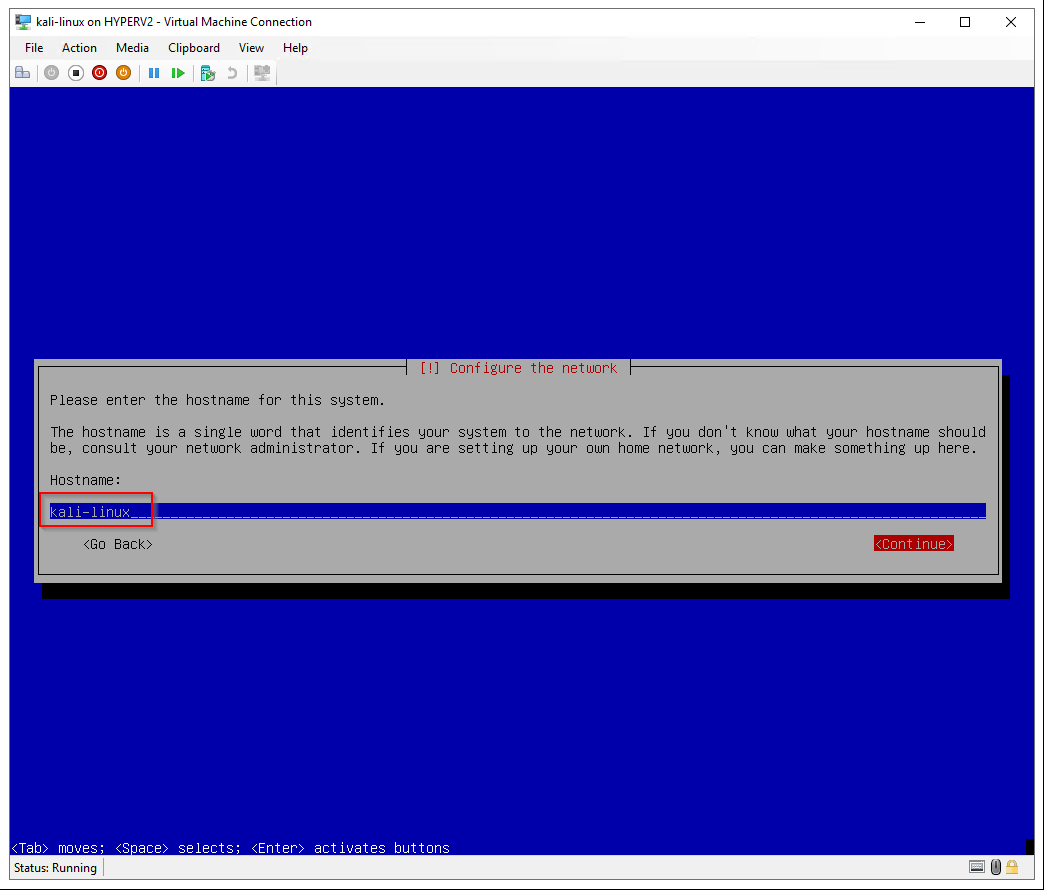
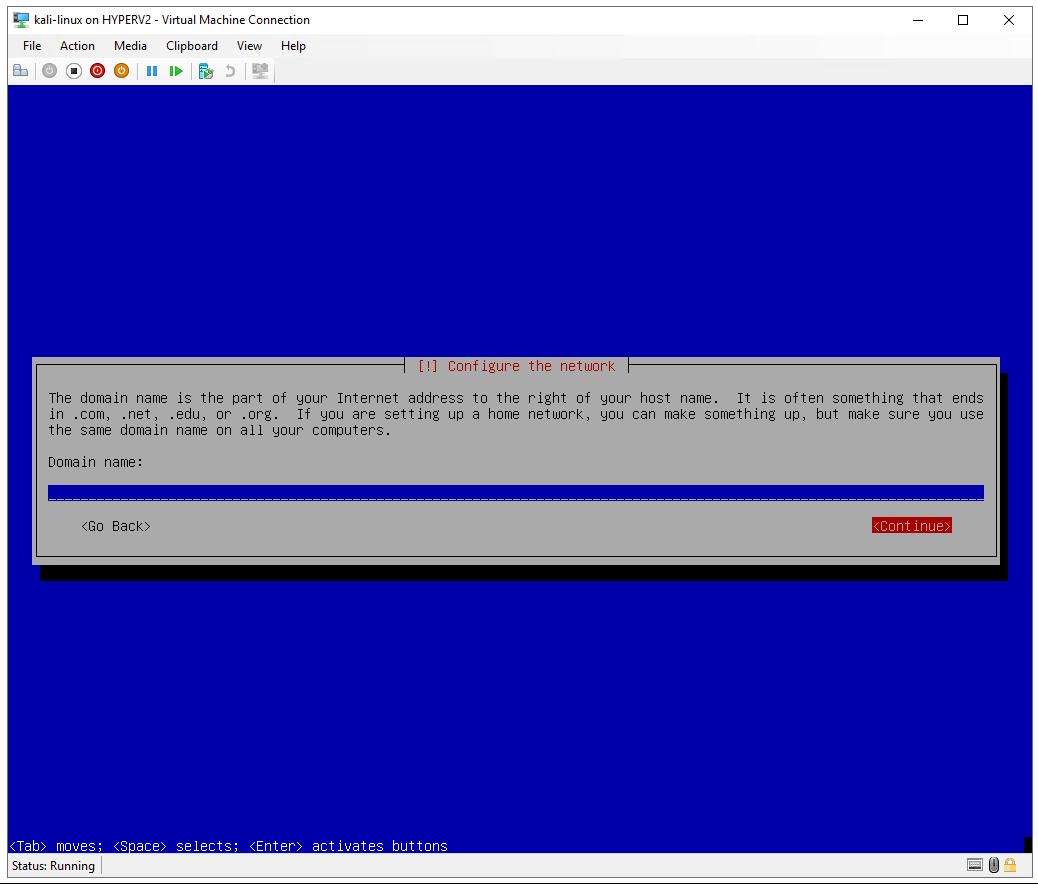
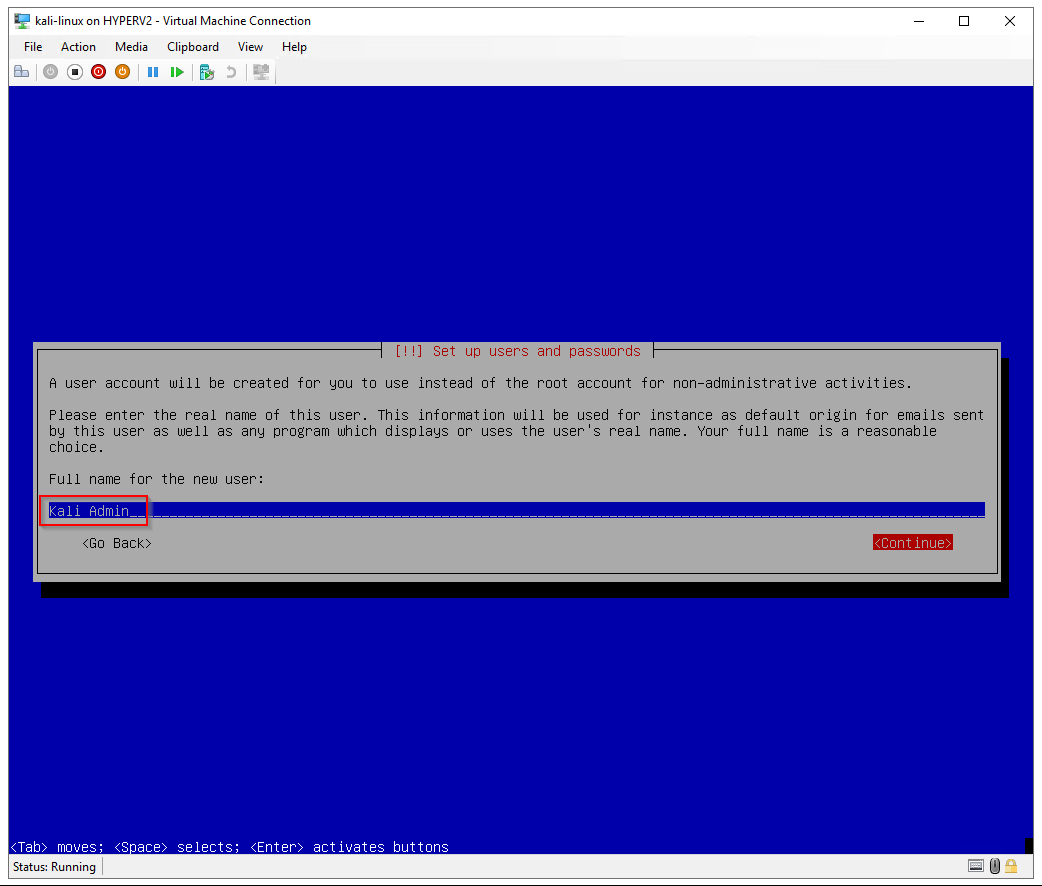
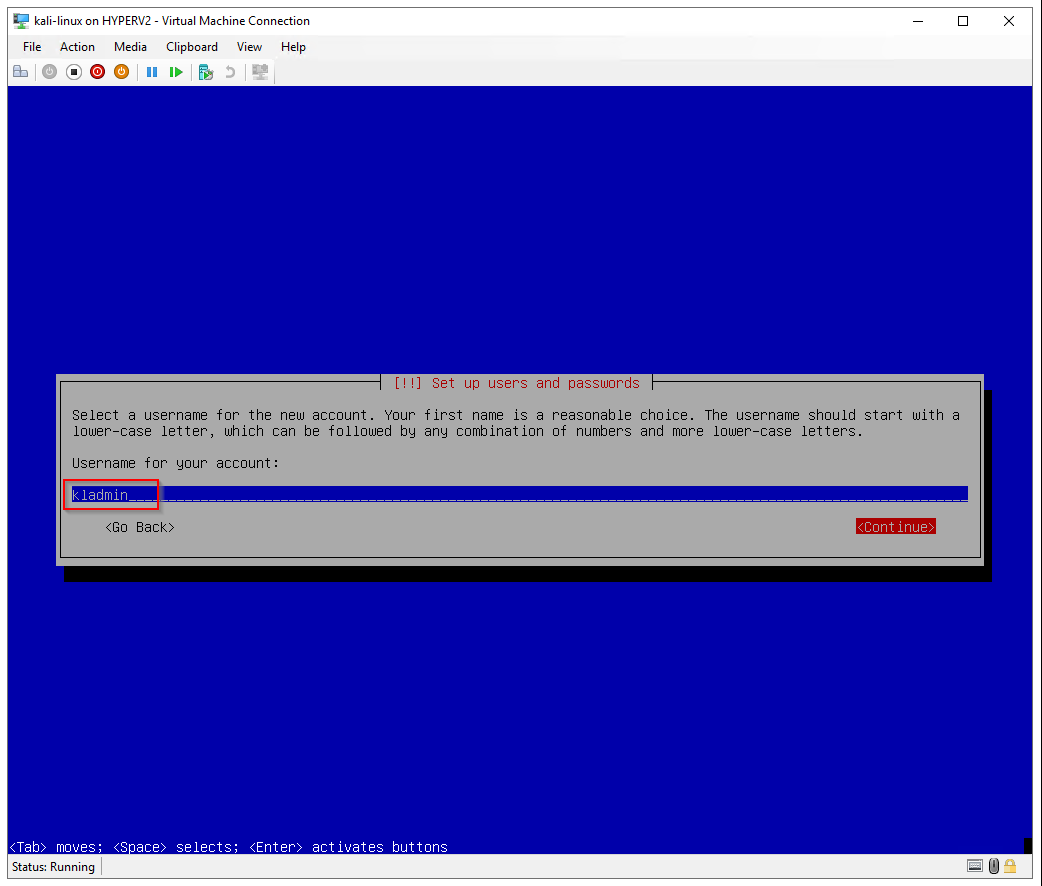
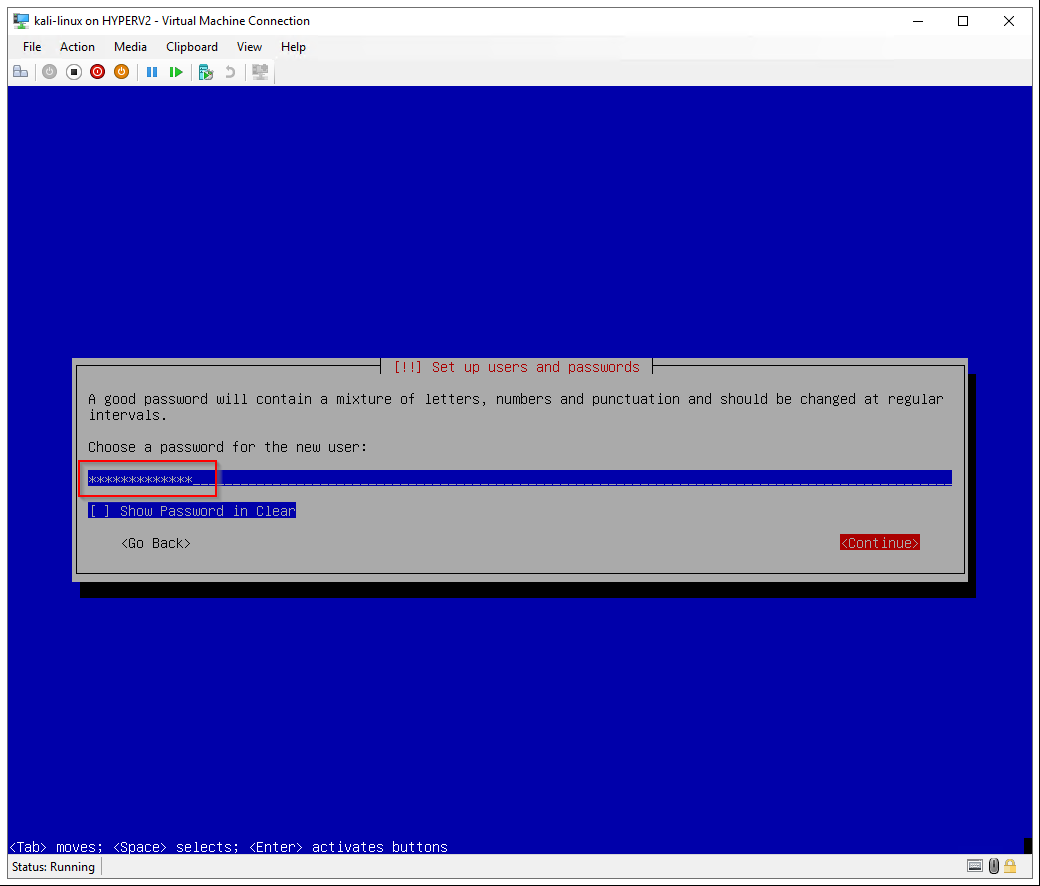
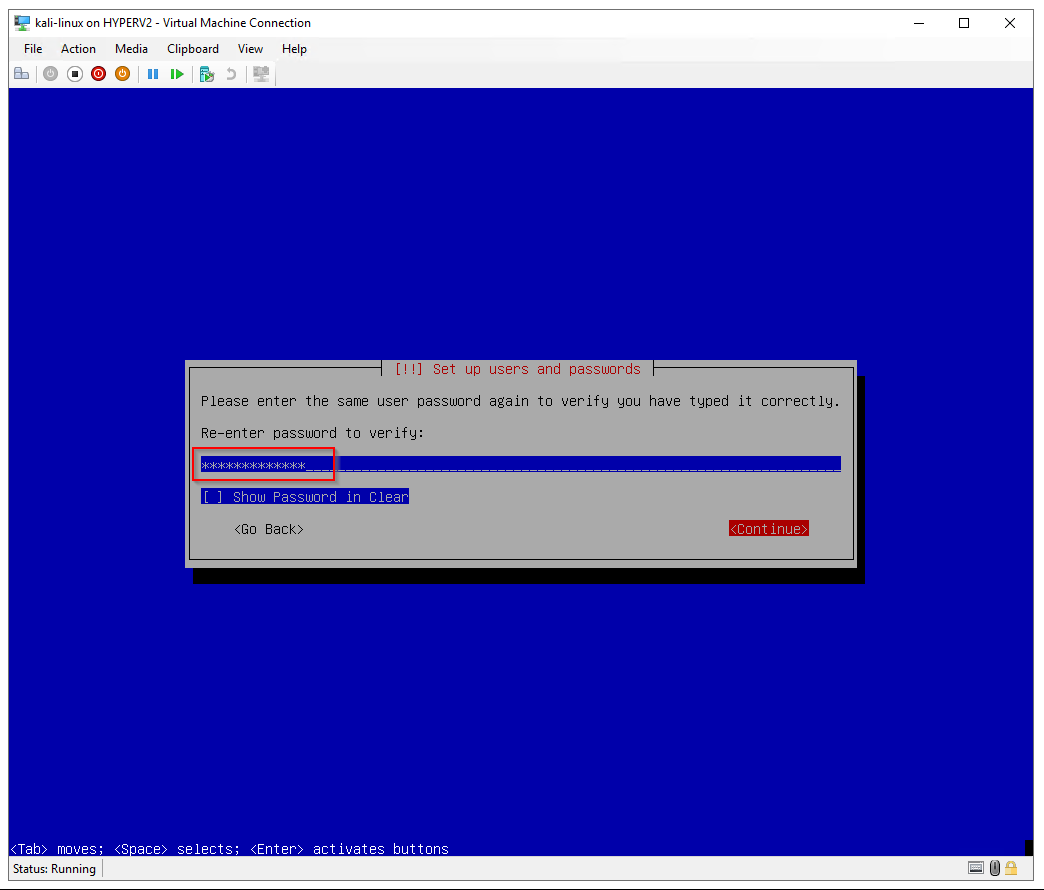
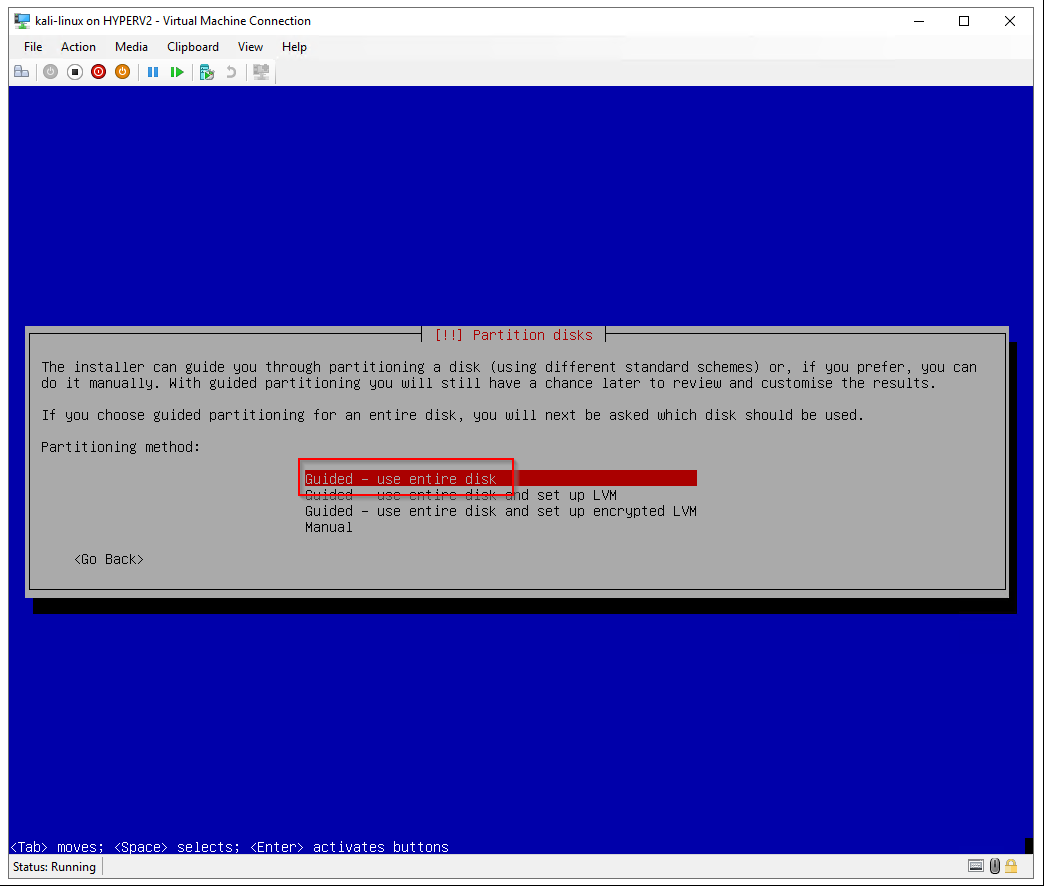
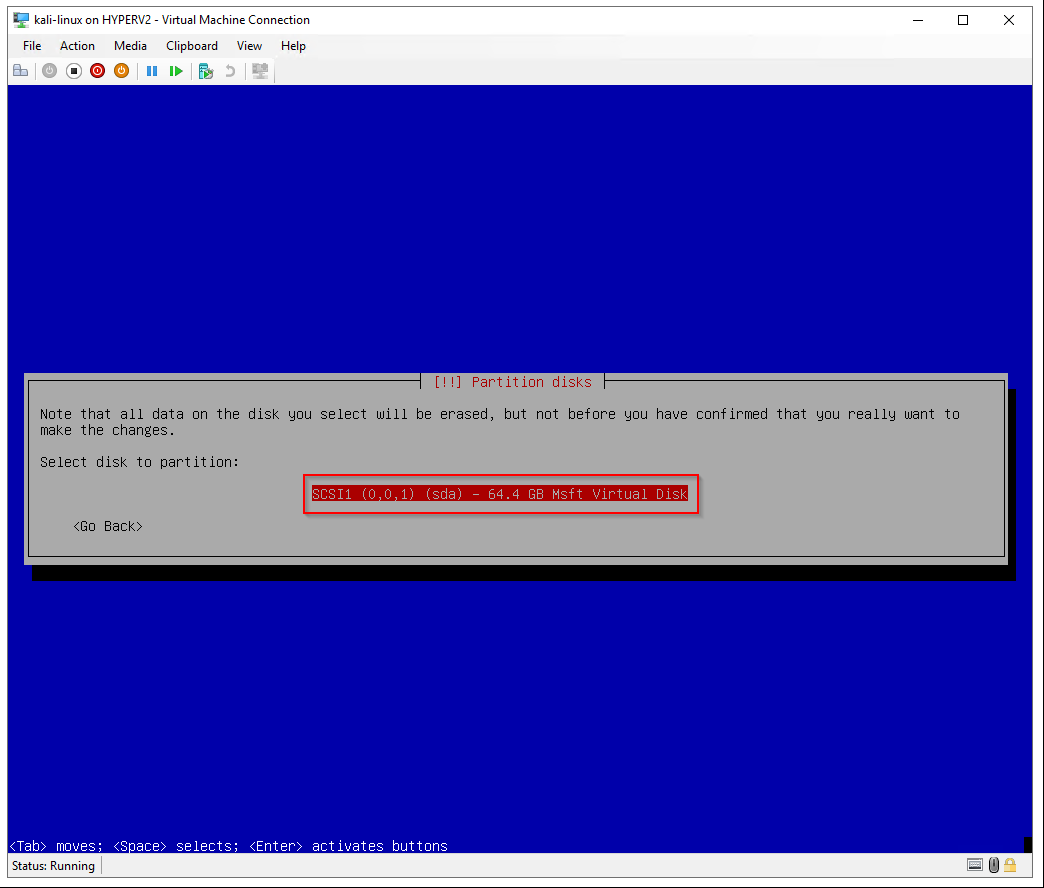
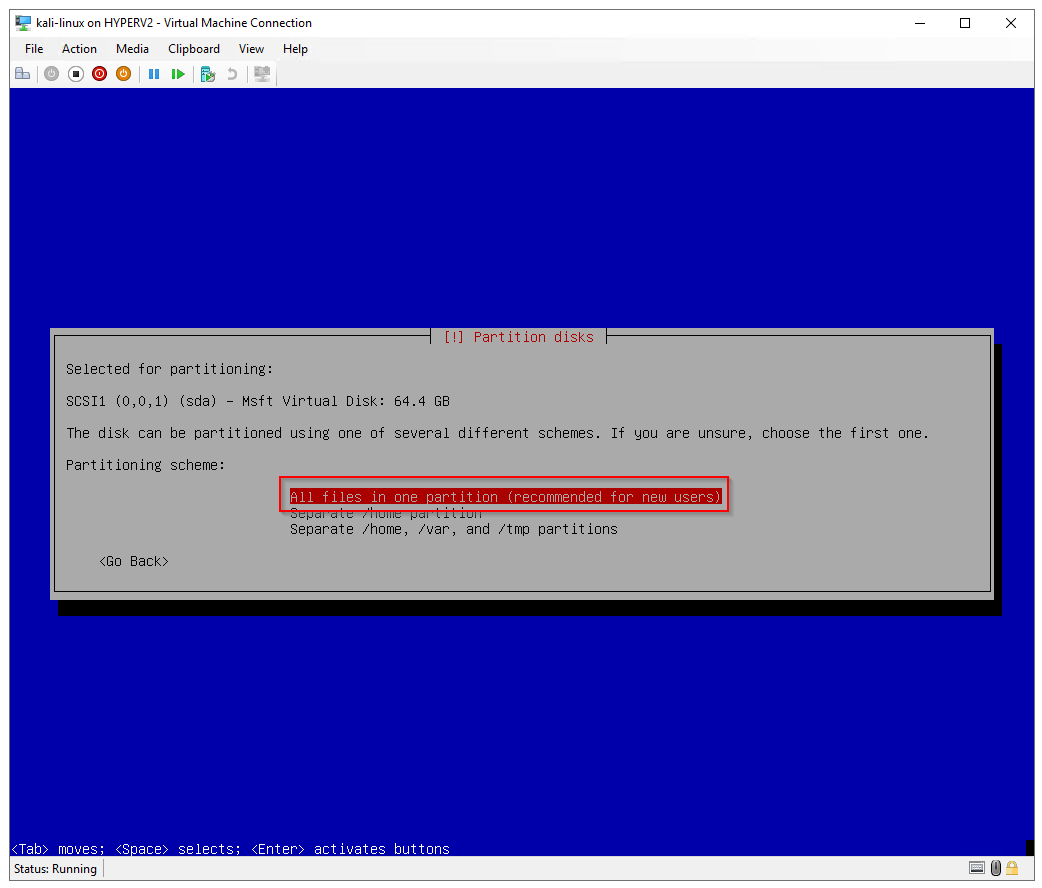
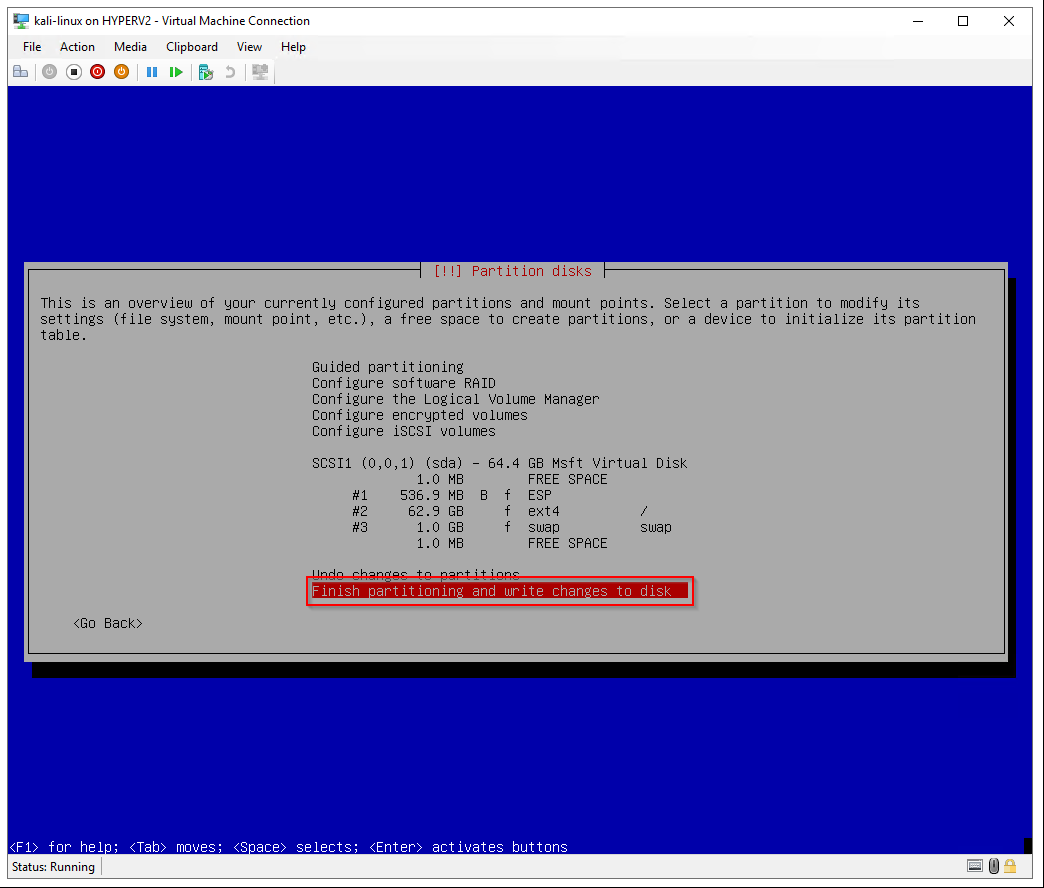
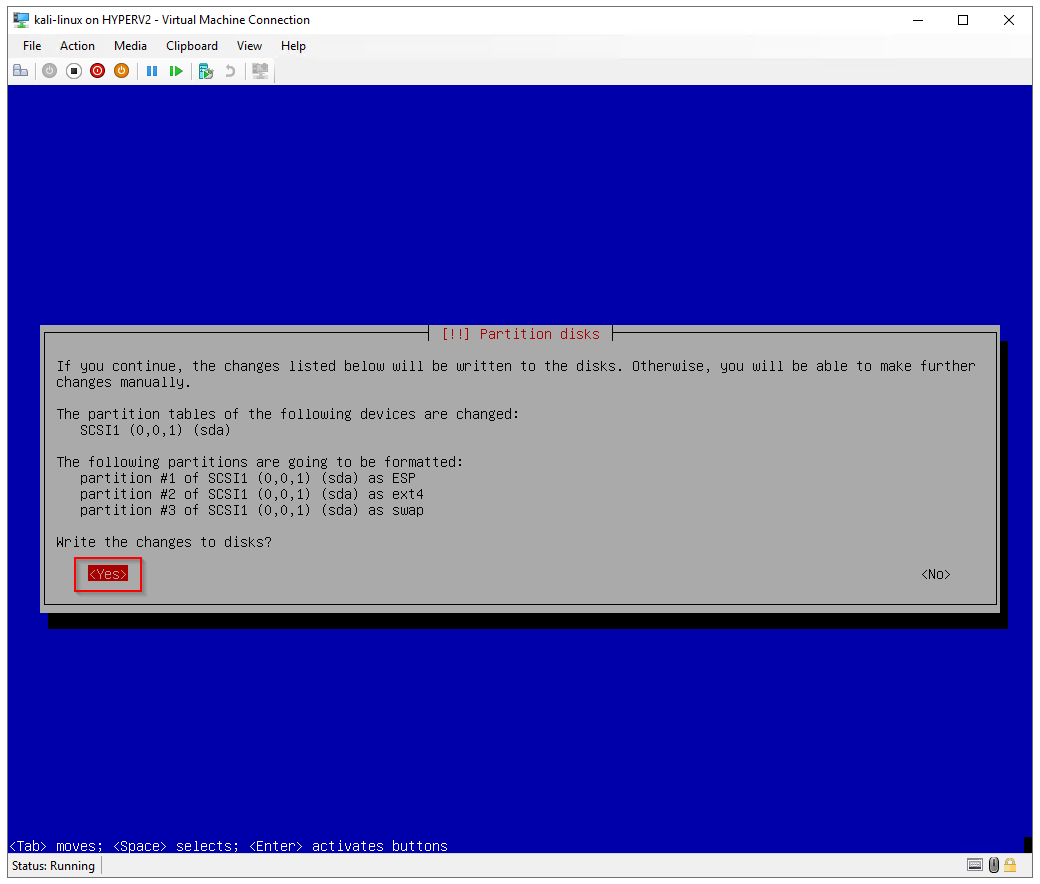
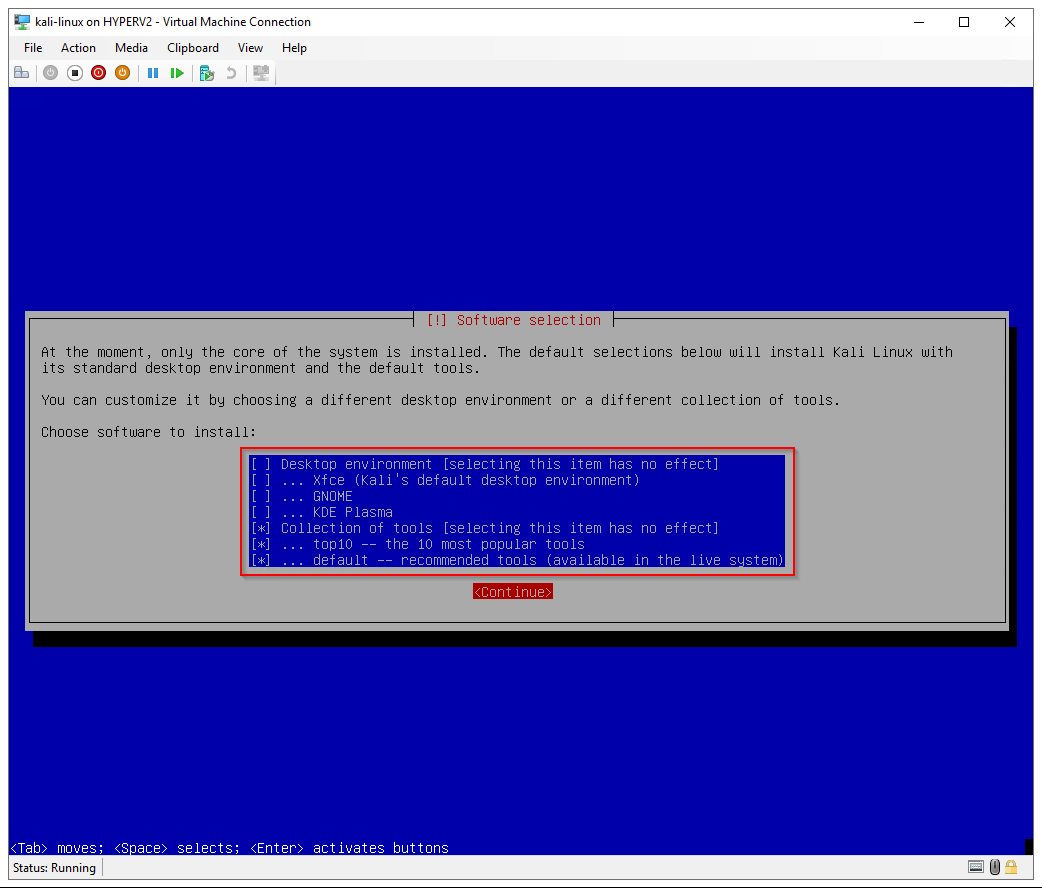
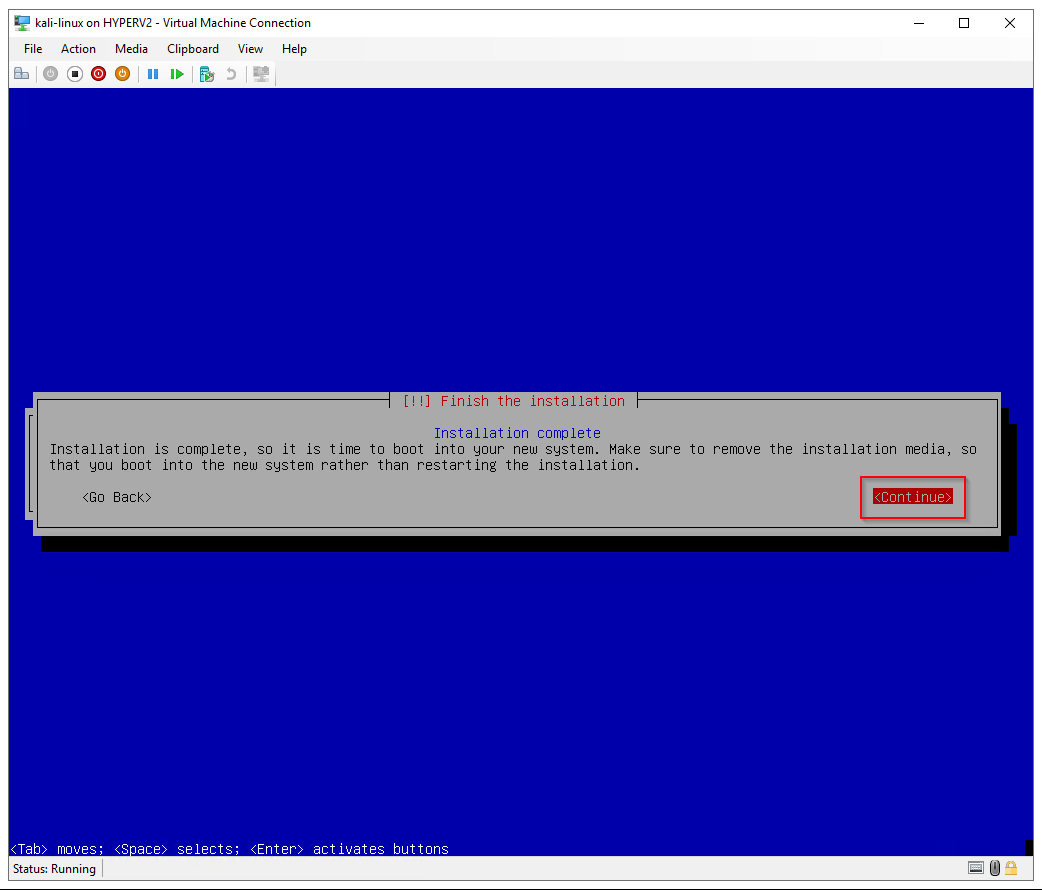
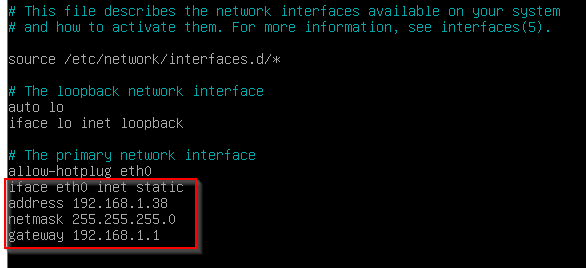





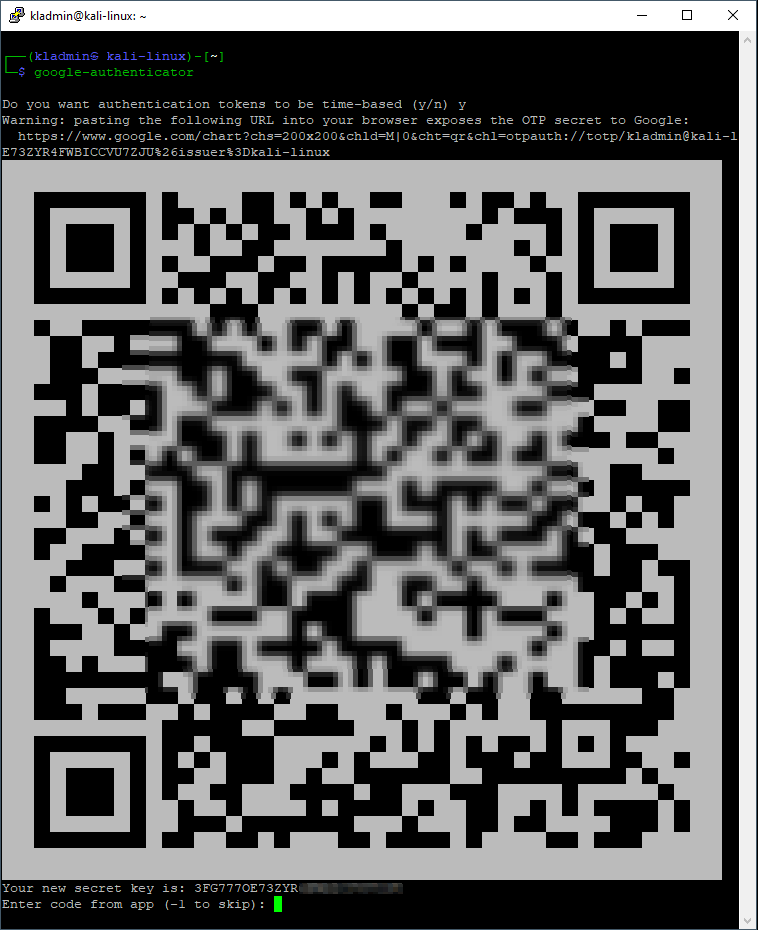
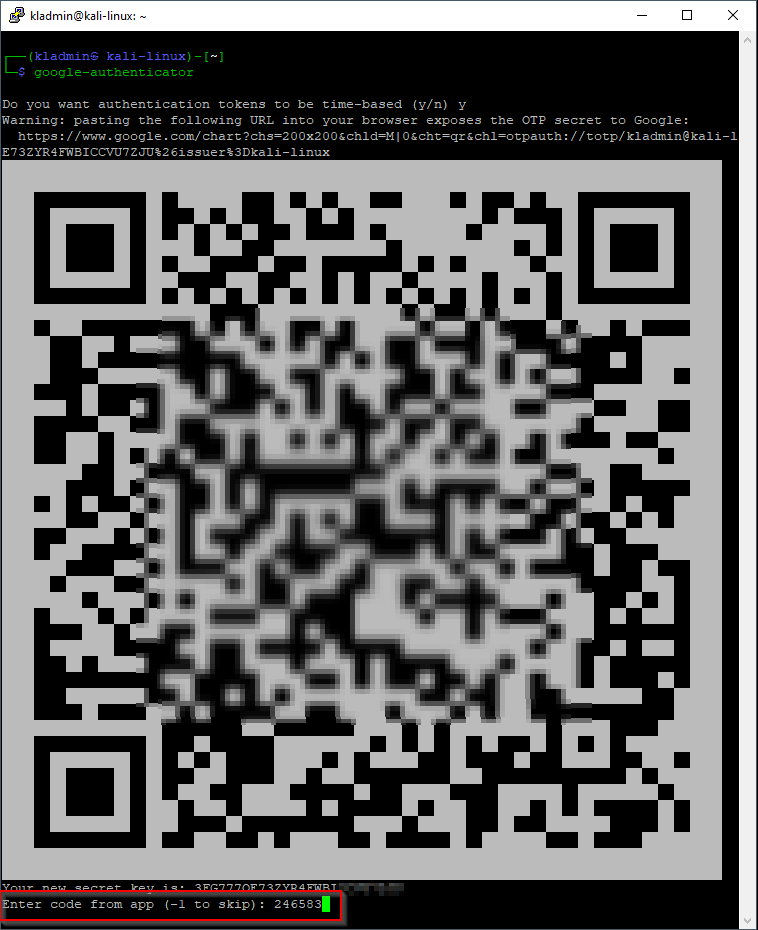

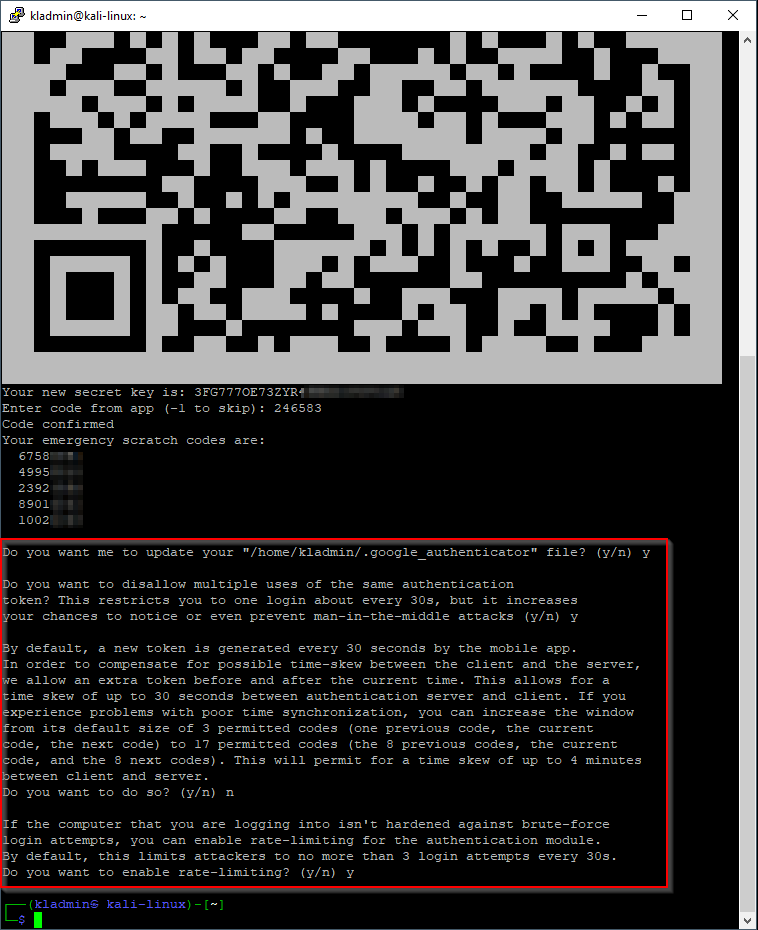
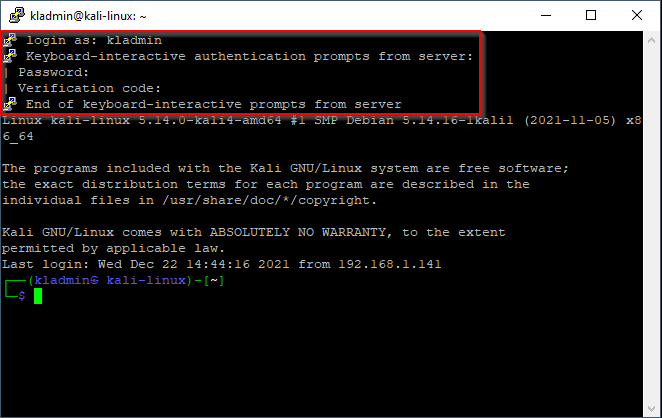


Comments